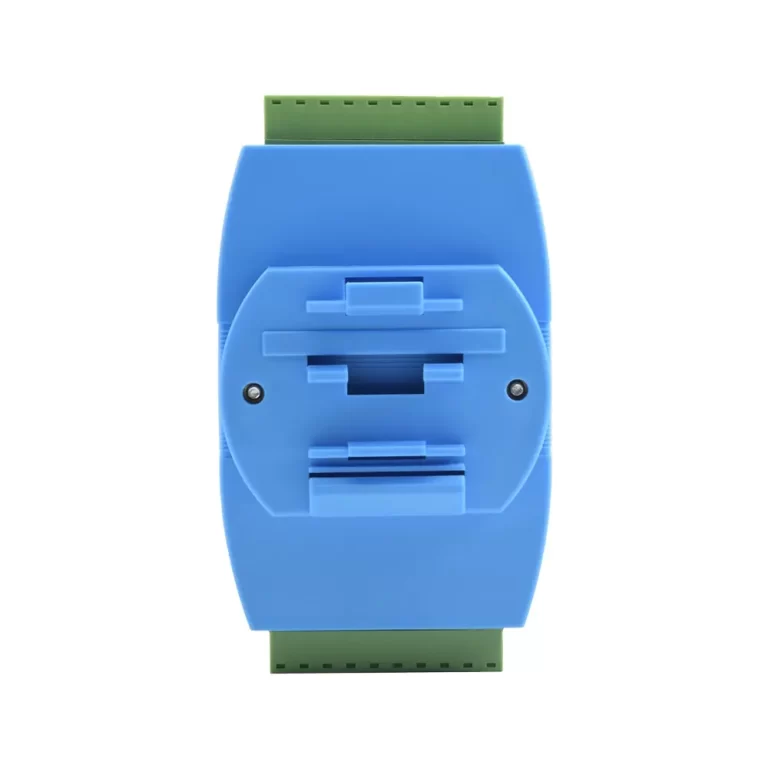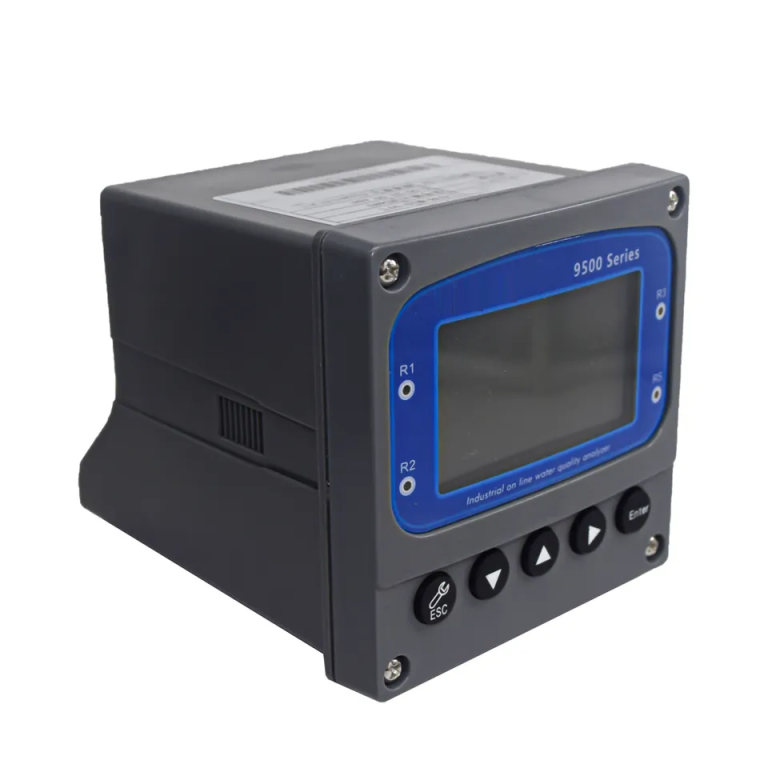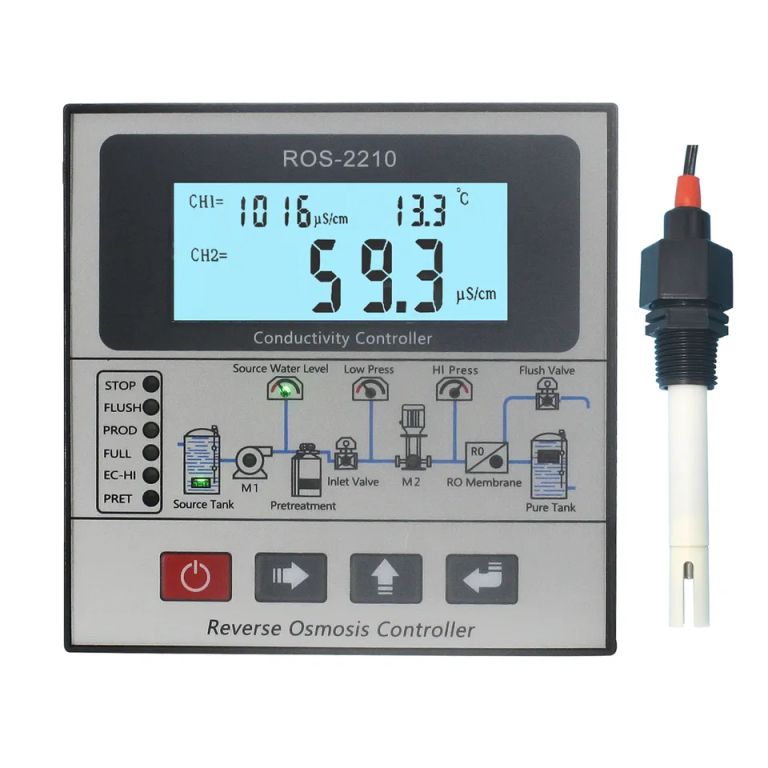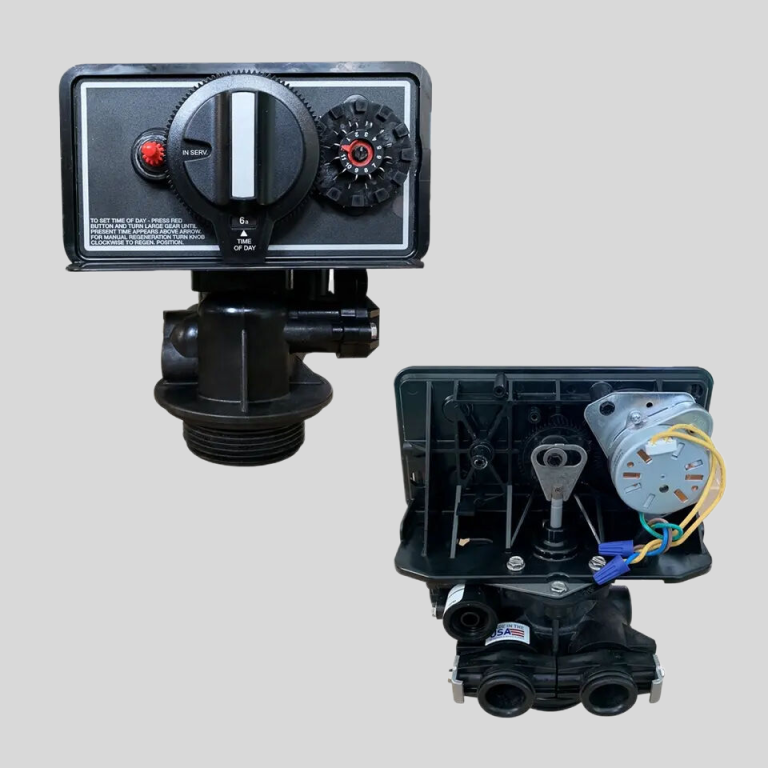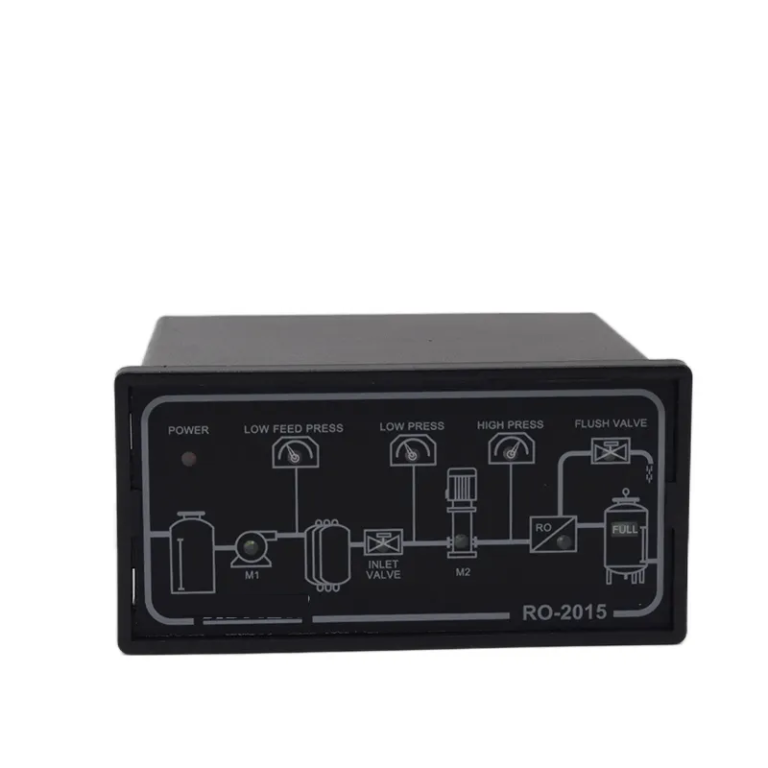Table of Contents
Benefits of Using Traceable Conductivity Meters in Industrial Applications
In industrial applications where precise measurements of conductivity are crucial, traceable conductivity meters play a vital role in ensuring accuracy and reliability. These sophisticated instruments are designed to provide traceable measurements that can be verified against recognized standards, giving users confidence in the accuracy of their results.
One of the key benefits of using traceable conductivity meters is the ability to track and document the calibration and performance of the instrument over time. By maintaining a record of calibration dates, results, and any adjustments made to the meter, users can demonstrate compliance with quality assurance requirements and ensure that their measurements are consistently accurate.
In addition to providing traceable measurements, these meters offer a high level of precision and sensitivity, allowing users to detect even small changes in conductivity. This is particularly important in industries where variations in conductivity can indicate potential issues with water quality, chemical concentrations, or process efficiency.
Another advantage of traceable conductivity meters is their versatility and ease of use. These instruments are available in a range of models with different features and capabilities, allowing users to select the meter that best suits their specific needs. Whether measuring conductivity in a laboratory setting, a manufacturing facility, or a wastewater treatment plant, there is a traceable conductivity meter available to meet the requirements of the application.
| Model | RM-220s/ER-510 resistivity controller |
| Range | 0-20uS/cm; 0-18.25M\\u03a9 |
| Accuracy | 2.0%(FS) |
| Temp. Comp. | Automatic temperature compensation based on 25\\u2103 |
| Oper. Temp. | Normal 0\\uff5e50\\u2103; High temp 0\\uff5e120\\u2103 |
| Sensor | 0.01/0.02 cm-1 |
| Display | LCD Screen |
| Communication | ER-510:4-20mA output/RS485 |
| Output | ER-510:High/Low limit dual relay control |
| Power | AC 220V\\u00b110% 50/60Hz or AC 110V\\u00b110% 50/60Hz or DC24V/0.5A |
| Working Environment | Ambient temperature:0\\uff5e50\\u2103 |
| Relative humidity\\u226485% | |
| Dimensions | 48\\u00d796\\u00d7100mm(H\\u00d7W\\u00d7L) |
| Hole Size | 45\\u00d792mm(H\\u00d7W) |
| Installation Mode | Embedded |
Furthermore, traceable conductivity meters are designed to be durable and reliable, with robust construction and high-quality components that ensure long-term performance. This reliability is essential in industrial environments where the meter may be exposed to harsh conditions, such as temperature extremes, humidity, or corrosive chemicals.
In addition to their technical capabilities, traceable conductivity meters offer a number of practical benefits for users. These include easy calibration procedures, intuitive user interfaces, and the ability to store and recall measurement data for analysis and reporting. Some models also feature advanced functions such as automatic temperature compensation, data logging, and connectivity options for remote monitoring and control.
Overall, the use of traceable conductivity meters in industrial applications offers numerous advantages, including accurate and reliable measurements, compliance with quality assurance standards, versatility and ease of use, durability and reliability, and practical features for enhanced functionality. By investing in a traceable conductivity meter, users can ensure that their measurements are traceable, accurate, and consistent, leading to improved process control, product quality, and overall efficiency.
How to Calibrate and Maintain Traceable Conductivity Meters for Accurate Readings
A traceable conductivity meter is an essential tool for measuring the conductivity of a solution accurately. To ensure that your meter provides precise readings, it is crucial to calibrate and maintain it regularly. In this article, we will discuss the steps involved in calibrating and maintaining a traceable conductivity meter to ensure accurate results.
Calibration is the process of adjusting the meter to a known standard to ensure accurate measurements. Before calibrating your traceable conductivity meter, it is essential to gather the necessary equipment, including calibration standards, a clean beaker, and distilled water. Begin by rinsing the probe with distilled water to remove any residue that may affect the accuracy of the readings.
Next, prepare the calibration standards according to the manufacturer’s instructions. Place the probe in the first calibration standard and allow it to stabilize. Adjust the meter’s calibration settings until the reading matches the known value of the standard. Repeat this process with the second calibration standard to ensure the accuracy of the meter across a range of values.
After calibrating your traceable conductivity meter, it is essential to maintain it properly to ensure consistent and accurate readings. Regular maintenance includes cleaning the probe with distilled water after each use to remove any residue that may affect the conductivity measurements. Additionally, store the meter in a clean, dry place to prevent contamination and damage.
It is also crucial to perform routine checks on the meter to ensure that it is functioning correctly. Check the probe for any signs of damage or wear and replace it if necessary. Inspect the meter’s display for any errors or malfunctions and address them promptly to prevent inaccurate readings.
In addition to regular maintenance, it is essential to recalibrate your traceable conductivity meter periodically to ensure accurate measurements. The frequency of calibration depends on the usage of the meter and the manufacturer’s recommendations. It is recommended to recalibrate the meter at least once a month or whenever you notice a significant deviation in the readings.
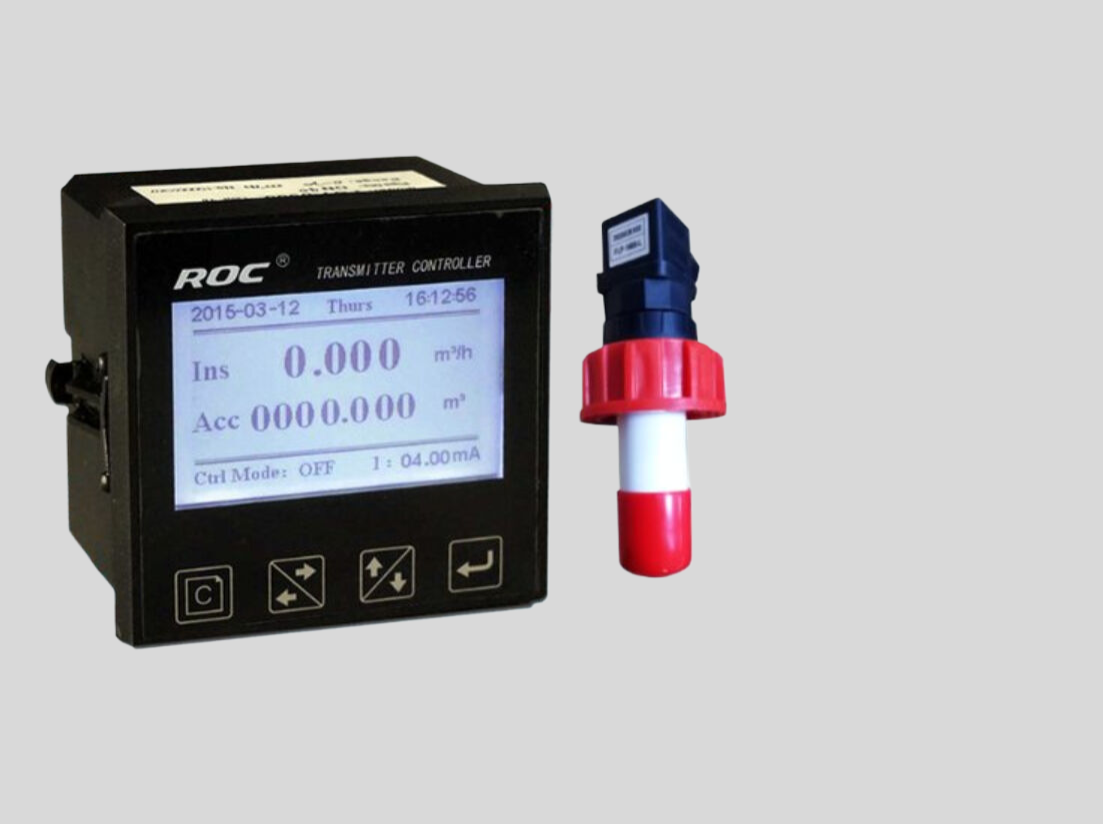
In conclusion, calibrating and maintaining a traceable conductivity meter is essential for obtaining accurate measurements. By following the steps outlined in this article, you can ensure that your meter provides precise readings consistently. Remember to calibrate the meter using calibration standards, clean the probe regularly, and perform routine checks to ensure that the meter is functioning correctly. With proper calibration and maintenance, you can rely on your traceable conductivity meter to provide accurate results for your testing needs.

